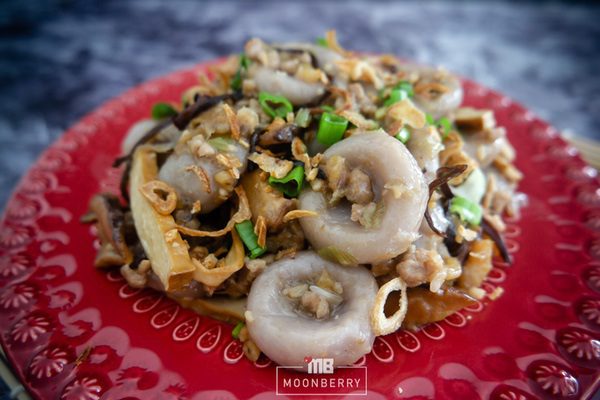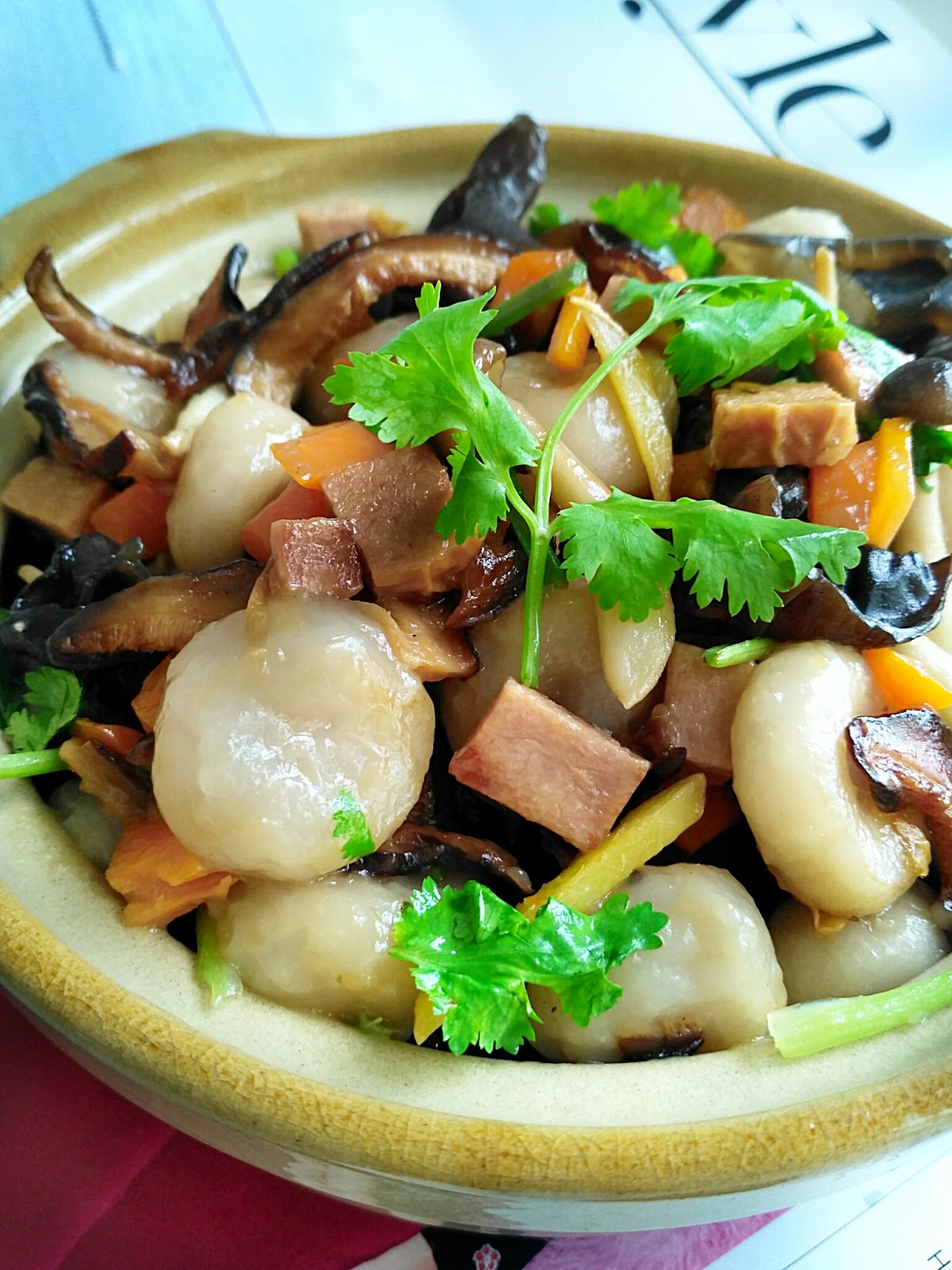

Dish out and sprinkle with spring onions.

Add in the abacus beads, all the seasonings and chicken stock. Stir-fry for a minutes until the meat changes color and cooked.ģ. Add in meat, carrots, mushroom and black fungus. Add about 2 tbsp of oil and stir-fry shallots and garlic until fragrant and lightly brown.Ģ. Some spring onions – cut small for garnishġ. Set it aside for further use.ġ small carrot - peel and cut into small cubesĤ Chinese mushroom – soaked till soft and slicedĢ pieces of dried wood ears or black fungus, soaked and thinly sliced Drop in the beads and once it floats, let it boil for another 30 seconds. Pinch a piece of the dough (size of a marble) and roll into a ball and gently press in the centre with your thumb to make a deep dimple. (If the dough is too dry add a bit of water and if the dough is too soft add a bit more tapioca starch)ģ. Stir well and when it cools down a bit knead it to form into smooth dough. Add the tapioca starch and salt in a bowl and add the hot taro paste to it. Steam taro until soft and mashed while it is hot.Ģ. The beads can be stir-fried with vegetables, meat or anything your like.Ĥ50 gram taro/yam, cleaned, peeled and thinly slicedġ. Once boiled these beads has a soft on the outside with a nice fragrance of taro and chewy on the inside texture from the tapioca flour. They are boiled in water until it floats. It is shape to resemble beads on an abacus. The yam or taro is steamed, mashed and mixed with tapioca flour to form into dough. Abacus Beads is very similar to the making of Italian gnocchi but instead of potato we use yam or taro. Remove from heat immediately and transfer to a. Even though I am a Hokkien but I just love Hakka dishes like Yong Tau Foo, Kau Yoke and Char Yoke. For the Abacus Beads, combine the garlic and oil in a small saucepan over low heat and cook until lightly golden. ‘Suin Poon Tzi’ (算盘子) or Abacus Beads is a popular Chinese Hakka dish. There is a small café at PJ Old Town that served this dish and I remember ordering it each time I visit that them. I remember eating this dish many years ago in Malaysia.


 0 kommentar(er)
0 kommentar(er)
